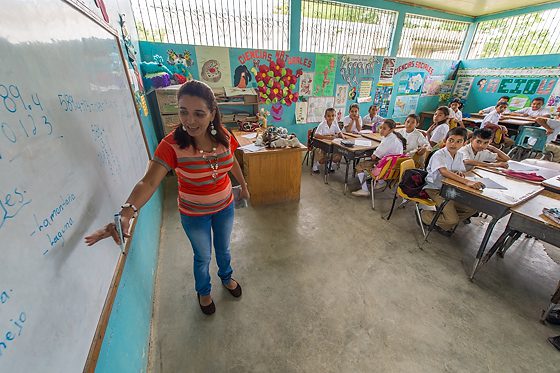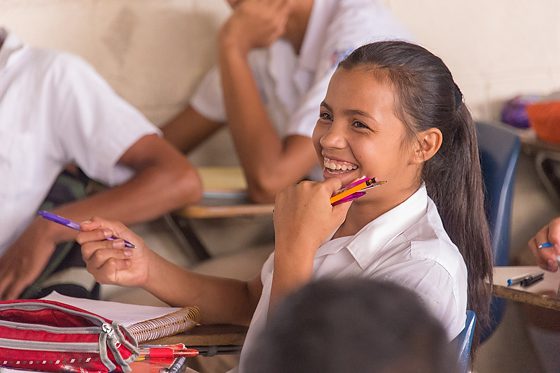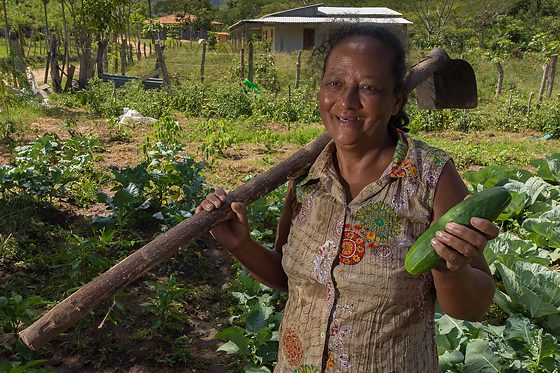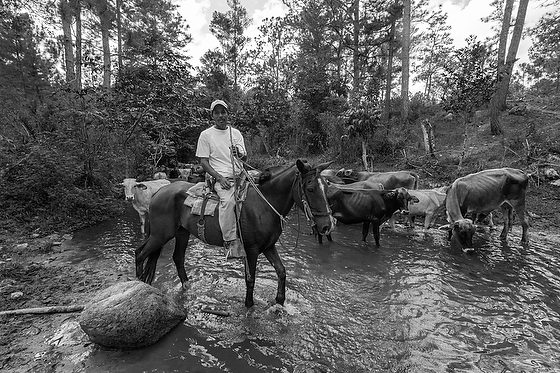
In summer, many will take some of their vacation time and travel to volunteer with their church mission trip or donate their time to NGOs.
Why take a camera when I have my phone?
Most smartphones have cameras that have fixed lenses. All smartphones fall into the wide-angle lens bracket, typically around 24-30mm [35mm equivalent]; the larger the number, the less wide the lens angle.
Due to the lens limit, most people crop up to take closer photos.
Most smartphones’ light sensitivity tops out around ISO 800; however, some go to ISO 3200, but as that ISO creeps up, the noise and quality of those photos diminish quickly.
Three Camera Recommendations
First is the compact camera with a good zoom range. Here are four to consider for your next trip.
The second category is the bridge camera. Bridge cameras are a versatile and affordable alternative to DSLRs, offering the same kind of manual controls and a huge zoom lens that covers everything from wide-angle to super-telephoto photography.
Here are four that will work great for anything you want to photograph.
The next category is mirrorless cameras. The mirror mechanism of a DSLR is complex and noisy and adds to the camera’s weight, and that’s where the mirrorless camera or compact system camera comes in. They keep DSLR cameras’ big sensors and interchangeable lenses but ditch the mirror to produce a smaller, lighter, and simpler camera.
Here are five I recommend to take a closer look at as an option for you.
I have left the DSLR off the list because I am finding more and more people are enjoying the mirrorless for travel over the DSLR.
When traveling for a client, I shoot with my Nikon D5 because it will work better in any situation than any other camera I could find on the market.
Beyond the camera
Buy extra batteries and memory cards for your trip. Always have one spare battery and a different memory card with you. If your camera takes two cards, you should be acceptable depending on the size capacity. You will be fine today with 32 GB and 64 GB cards. Buy the most significant capacity cards and have one or two extra, depending on how much you like to shoot.
Tips for what to shoot
One of the best things you can have in mind when you are shooting is how you plan to use the photos later. There are generally two things I like to always think of as my end product.
Slide Show
First is a slide show that will be projected or online as a video. A slide show is pretty typical for a church mission trip. A good rule of thumb for a 2 – 3 minute slide show is about 40 – 60 photos.
These talks usually happen in two ways: project a photo and manually advance the images as you talk. The second is just the same show, but it is self-running. You record your voice with your computer or phone and then put your images with that soundtrack. Here is a simple way to do it on a Mac:
Here is how you do it on a PC using Windows Live Movie Maker
Book
Second, I like to create a coffee table book from my trips. Again, the number of photos is also about 40 – 60 to have something substantial. I recommend using Blurb.com to make the book. If you use Lightroom’s latest version, the book tab uses a blurb as the printer.
Here is the Lightroom way of actually creating the book.
What to shoot?
I suggest shooting to a storyline. Come up with a working storyline before you go, and then shoot to the storyline as you travel.
Your storyline will likely change once you get there and start experiencing everything. That is OK. It is normal. Just adjust and continue to shoot.

Now, if you are going with your church on a mission trip, you may have an objective to communicate the problem that your team solved. For example, you may go on a building trip where you finish a project. While that is what you did, don’t tell that story. Instead, tell the story of why they needed the building. Show where they were meeting for services, and then maybe show the group meeting in the new facility when it is done.

Sometimes, your objective is to have a call to action. For example, maybe you went and helped build a school, but you want the audience to help support a child to go to that school. Tell the story of the child’s life if they don’t get to go to school, and then tell the difference the school will make in their lives.

I use Chris Vogler’s storyline as a template and keep it in mind as I shoot.


While thinking about what and why I am telling a story, I also create an essential shot list to help tell the story.
- Opener: Sets the scene for the story
- Decisive moment: The one moment that can by itself tell the story
- Details: Besides being like visual candy to the report, help often with transitions–especially in multimedia packages
- Sequences: give a little variety to a situation
- High overall shot: Gives a good perspective on how the elements all fit together.
- Closer: Other visual ways, besides the classic shot of the cowboy riding off into the sunset, help close the story.
- Portraits: These photos are great for introducing the characters of the story
If you go with a team, try to get everyone to work together. This way, you can pool all the photos together and have everyone contribute quotes from the people you helped.
Each night you are on your trip, take a few minutes at dinner to review what you have seen that day and whether someone took photos of it. Then, look at the pictures and be sure you have good images to use.
Make a list of things you missed that day to get the next day, and then those things you think you are missing that haven’t happened yet.
If you take a few minutes each night and journal your day on who you met, where you went, and what you learned, you will have a great story worth sharing.
Video/Audio
Record some of the people you meet using audio or video. The point is to have in their voice quotes that you can drop into your slide show or later in your book.
Don’t try to tell us all you did and saw on your trip. Instead, stay focused on the “WHY?”. You may have a lot about what you did and how you did it, but that isn’t what hooks the audience. Keep your audience on the edge of their seats with the why of the stories.

